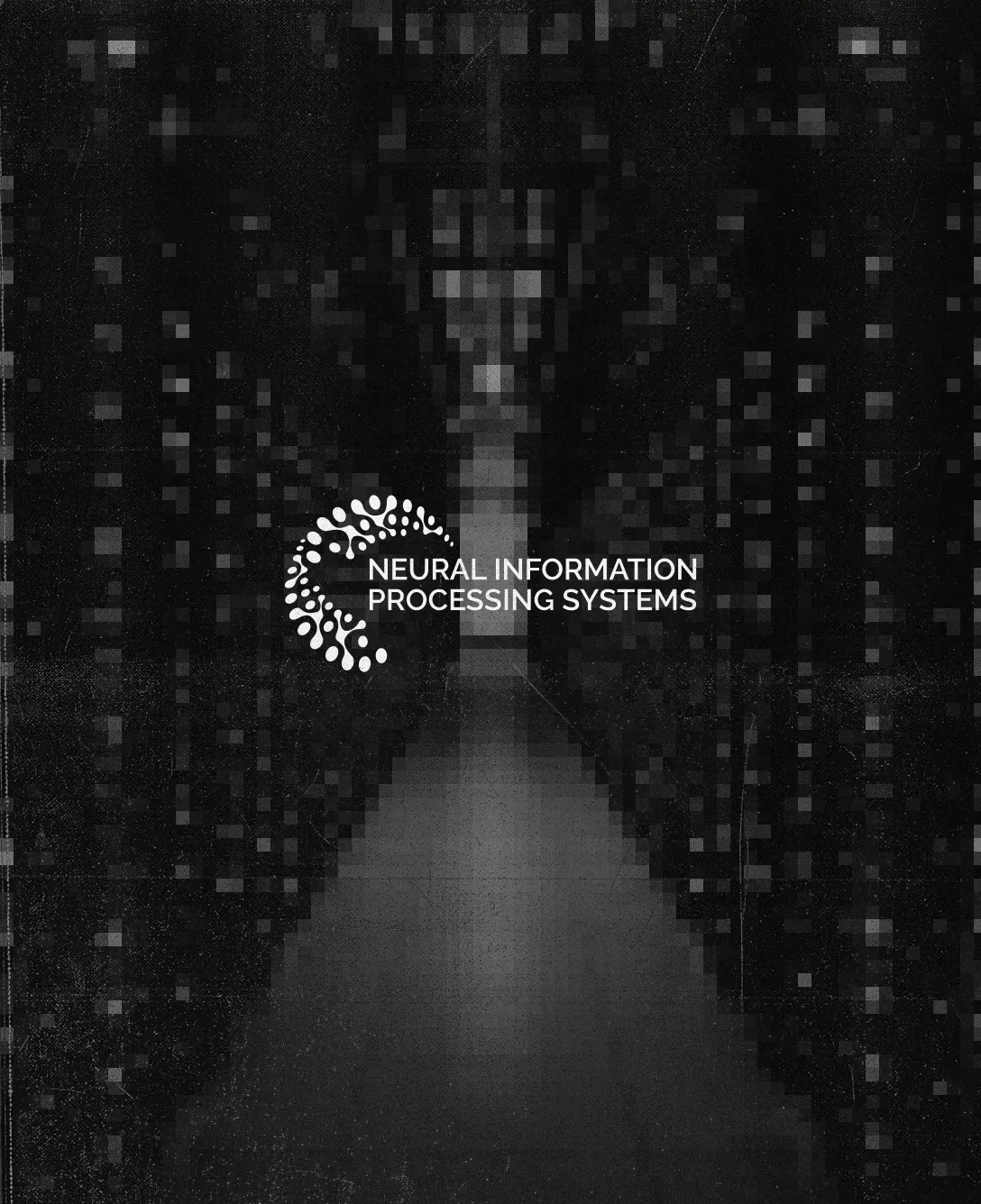
Our investment in bitdrift
Reflect back on the state of global tech in 2010. Facebook had just surpassed 500 million users, Apple had unveiled the iPhone 4, and Uber began operations in San Francisco. The forces of social and mobile were beginning to exert unprecedented strain on existing infrastructures, catalyzing the emergence of distributed, Webscale architectures. The migration to pioneering services such as AWS EC2 and S3 was underway.
It was in this transformative period that our paths intersected with Olivier Pomel and Alex Lê-Quôc, two visionary engineers from Wireless Generation. Forged in their experience, Oli and Alexis proposed a reimagining of infrastructure monitoring, underpinned the conviction that traditional tools were ill-suited for this new era.
Datadog was founded that year: 2010.The following year, Sunil and I, met on the board of this promising startup, setting the stage for what would become a significant chapter in both Datadog's and Amplify's history.
Since those days, the technology landscape has witnessed many more profound evolutions. Meta, nee Facebook, now engages nearly half the global population. Mobile has emerged as the dominant computing paradigm. Meanwhile, Datadog, then a fledgling startup recognized primarily its kitschy purple canine mascot, has evolved from scrappy underdog to a publicly traded behemoth, valued at nearly $40 billion. Parallelling these developments, the technological terrain beneath our feet has been largely reconstituted.
Today's computing environment is distributed and decentralized default. Applications span cloud, mobile, edge and everything in between. With an estimated 50 billion internet-connected devices, the boundaries between the physical and digital realms are increasingly blurred. This landscape is further energized the swift, radical progress in generative AI, poised to amplify all these existing trends; more software, everywhere.
However, despite all the innovations of the past decade, conversations with every platform engineering team quickly devolve into therapy sessions, revealing mounting frustrations with observability tools that feel stuck in a bygone era; tools that fail to deliver the value necessary to justify their astronomical costs.
Today’s observability vendors, all built in the early days of the cloud, base their pricing on the volume of data collected. But anyone who has managed observability for an application of any meaningful scale knows that this pricing structure completely misses the point, and, moreover, gets out of control quickly as the number of apps, users, and devices goes up up up. Ultimately, something has to give.
For the last many years, we have met with numerous budding observability projects, in search of a company capable of emulating Datadog's success, but tailored for today’s emerging computing interfaces, application architectures, and infrastructures. This search often felt like an exercise in frog kissing.
The challenge for any new entrant in the observability space is multi-faceted. The upstart must not only address fundamental technical problems in data ingestion, processing and storage necessary to invert cost curves for customers, but also create solutions that are mobile-first and adaptable to distributed-by-default environments. Making matters more difficult, it must tackle intricate UX issues, presenting terabytes of data in a manner that is not only useful but also intuitively accessible. Few teams are up for this challenge.
We were ready to wave the white flag until a relatively recent conversation with longtime friend Matt Klein rekindled our ambitions. We had known Matt since he open sourced Envoy – now the de facto cloud-native networking proxy – at Lyft. From that moment we persistently (if not annoyingly) nudged him towards entrepreneurship, albeit to no avail. However, in his most recent revelation, Matt disclosed his collaboration with Pete Morelli, Martin Conte Mac Donell, and a cadre of exceptional engineers at Lyft. This skunkworks team was tackling some of the company’s most complex infrastructure challenges, specifically rethinking their entire observability strategy. Significantly, Matt hinted at the potential of founding a new company…
Fast forward to today, and we’re elated to announce that Amplify is leading bitdrift’s $15M Series A.
bitdrift is the culmination of Pete, Matt, and Martin's extensive and often frustrating experiences scaling internet infrastructure. Their combined insights and years of research and experimentation honed at tech giants like Twitter, AWS, Square, Google, and of course Lyft, led to a frank conclusion: the observability market is fundamentally misaligned, favoring vendor profits over data utility, leaving customers burdened useless data and exorbitant costs.
The team uncovered three ugly truths which define existing observability solutions:
- Bad data, even worse incentives. ~95% of the data collected to monitor the health of systems is never read; not an engineer, not a machine. Yet vendors’ solutions are all but exclusively geared toward greater and greater ingestion, happy to charge customers for storing largely worthless data.
- (Lack of) actionable insights. There’s a giant gap in understanding the behavior of applications resulting in inability to fix the problems users of internet systems are actually experiencing. A sampled error log is only so useful…
- Mobile-last. Mobile observability is years behind what is available on the server. Mobile engineers are lucky to have a static set of events from production, let alone access to real-time metrics, logs or traces. Further, modifying apps to resolve bugs is often a multi-week or month process to deploy changes out to the majority of clients.
Ultimately, Pete, Matt and Martin challenged themselves: could they rethink observability to address these shortcomings?
Their solution, invariably, became bitdrift.
bitdrift is a mobile-first, next-generation observability platform that leverages dynamic, real-time control of emitted session telemetry, allowing customers to tune the visibility dial as needed.
bitdrift's distinctive advantage lies in two fundamental innovations: First, an SDK that leverages a highly-optimized local storage subsystem, termed the "ring buffer." Second, a real-time control plane that can dynamically program individual iOS, Android and soon server clients to search for specific sets of events locally, and only upload relevant telemetry when and if those events occur. The SDK enables high-volume, low-overhead local persistence of telemetry which is then manipulated in real-time the control plane to upload the precise data required to understand complex application behavior and debug end-user issues.
The result is Capture bitdrift; the richest, most efficient and lowest cost mobile-first observability platform on the planet.
Of note, and unlike typical product launches, Capture is not a preliminary alpha or beta release. The Capture SDK has been running in production on the Lyft app across millions of devices; it has undergone rigorous testing, proving its mettle and utility in one of the most demanding environments. Those interested are invited to sign up and explore Capture’s capabilities via a generous free tier.
This initial step of addressing mobile developers' needs with Capture marks the beginning of an audacious journey for bitdrift. The combination of local telemetry storage, real-time control, and distributed search has vast potential, extending beyond mobile to encompass the entire distributed system, from servers to the mobile edge and beyond.
Ultimately, the bitdrift team has their eyes set on becoming the observability platform of the future; one we’ve been looking out for for many, many years. All the observability cats and (especially) dogs out there, watch out 😉



